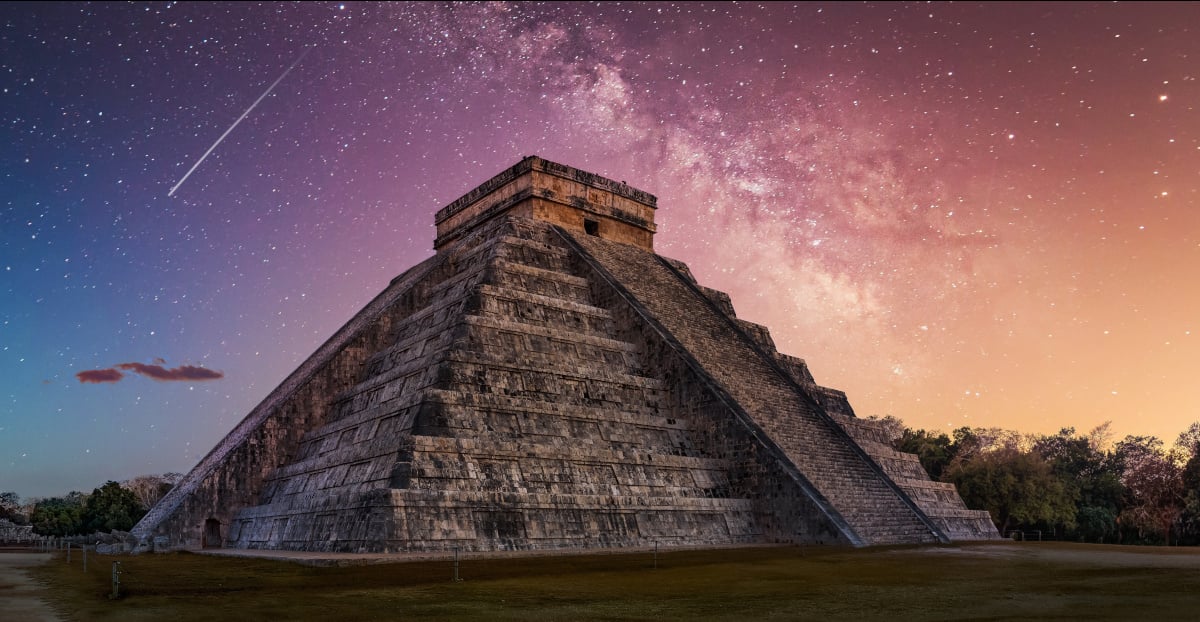
Religious Practices in Ancient Maya Civilization
The ancient Maya civilization, known for its intricate and highly developed society, flourished in Mesoamerica for thousands of years, reaching its zenith during the Classic Period (250-900 AD). Central to the Maya way of life were their religious practices, which permeated every aspect of their existence, from governance and architecture to agriculture and astronomy. The Maya pantheon, composed of a multitude of gods and goddesses, was deeply intertwined with natural phenomena, celestial bodies, and human activities. And, in many ways, it was the defining feature of this enigmatic ancient civilization.
Secrets of the Ancients: The Maya Pantheon and Cosmology
At the heart of Maya religion was a complex pantheon of deities, each associated with specific aspects of life and nature. The primary gods included Itzamna, the creator god; Chaac, the rain god; and Ah Puch, the god of death. The Maya also worshiped a variety of other deities connected to agriculture, warfare, and the celestial bodies. These gods were not isolated figures but part of a larger cosmological framework that included the heavens, the earth, and the underworld, known as Xibalba.

Maya burial at the National Museum of Anthropology, Mexico City. (Gary Todd / Public Domain)
The Maya cosmology was a tripartite structure with the heavens above, the earthly realm in the middle, and the underworld below. The heavens were divided into thirteen layers, each inhabited by different gods, while the underworld consisted of nine layers, each more ominous than the last. The World Tree, or Ceiba tree, stood at the center of this universe, connecting all three realms. The roots of the tree extended into the underworld, its trunk resided in the earthly realm, and its branches reached into the heavens.
- Chasing The Heavens: Ancient Observatories of the Yucatán Maya
- How Many Maya Gods Were Worshipped? Hint: There Were Hundreds!
Each of these realms had specific deities associated with them, and their interactions were believed to influence the fate of the world. For instance, the Maya believed that the sun's journey through the sky and its descent into the underworld were daily reenactments of a cosmic struggle. This celestial drama was reflected in their rituals and mythologies, emphasizing the interconnectedness of life, death, and rebirth.
Sacrifice for the Greater Good: Rituals and Ceremonies
Rituals and ceremonies were integral to Maya religious life, serving as a means to communicate with the gods and ensure the balance of the cosmos. These rituals were often elaborate and involved various forms of offerings, including food, incense, and, most significantly, blood. Bloodletting was a common practice among the Maya elite, believed to nourish the gods and ancestors. The act of drawing blood, usually from the tongue, ears, or genitals, was a deeply spiritual act that symbolized the sacrifice necessary to maintain cosmic harmony.
Human sacrifice, although less common than bloodletting, was another critical aspect of Maya rituals, particularly during times of crisis or significant events. Victims, often prisoners of war or slaves, were offered to the gods in ceremonies designed to appease deities and ensure the community's survival and prosperity. These sacrifices were typically conducted on temple platforms, with the heart being removed and offered to the gods.
The rituals were not merely acts of devotion but were deeply embedded in the social and political fabric of Maya society. Kings and nobles performed these rituals to legitimize their rule and demonstrate their piety. For example, inscriptions at sites like Yaxchilan depict rulers engaging in bloodletting rituals, emphasizing their role as mediators between the gods and the people.
Maya religious practices were closely linked to specific sacred spaces, primarily temples and pyramids, which served as both religious and political centers. These structures were often built-in alignment with astronomical events, reflecting the Maya's advanced understanding of celestial cycles. Temples were constructed to honor specific gods and were the sites of important rituals and ceremonies.




